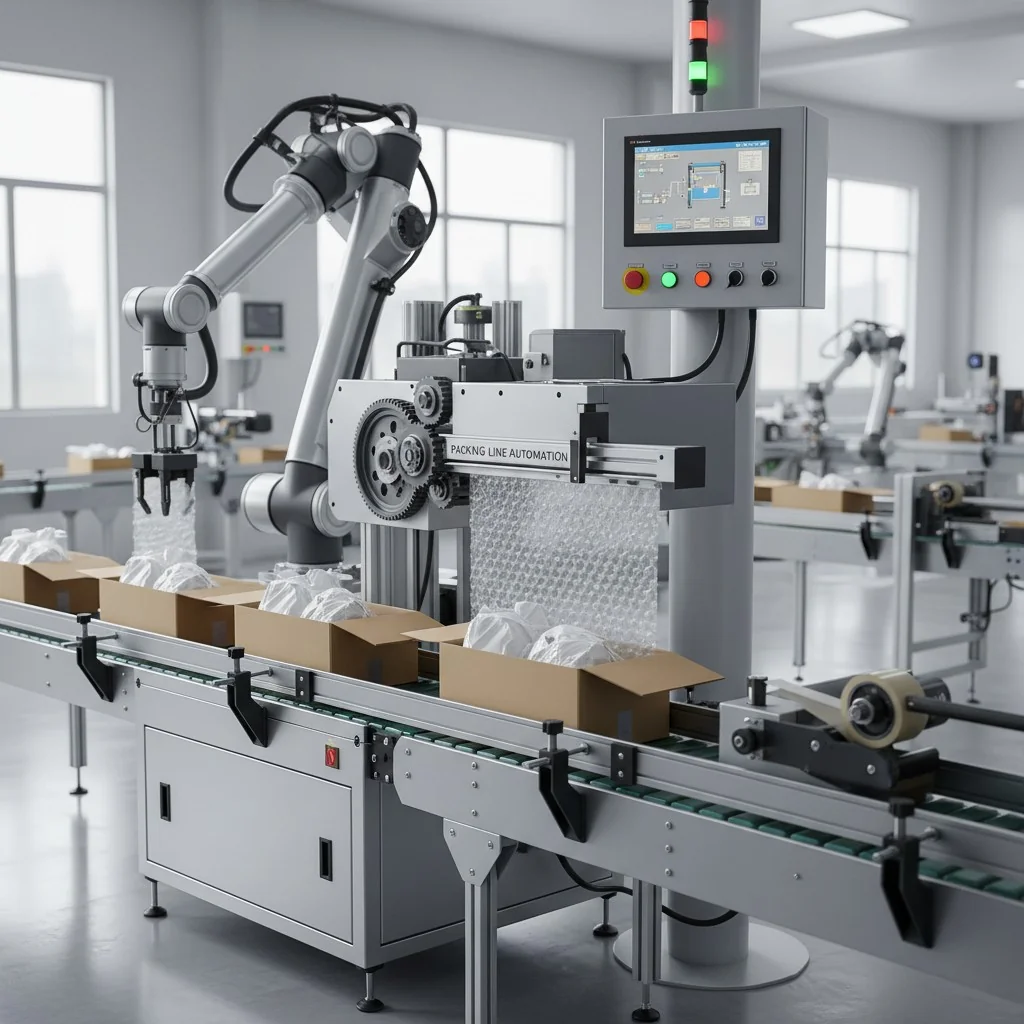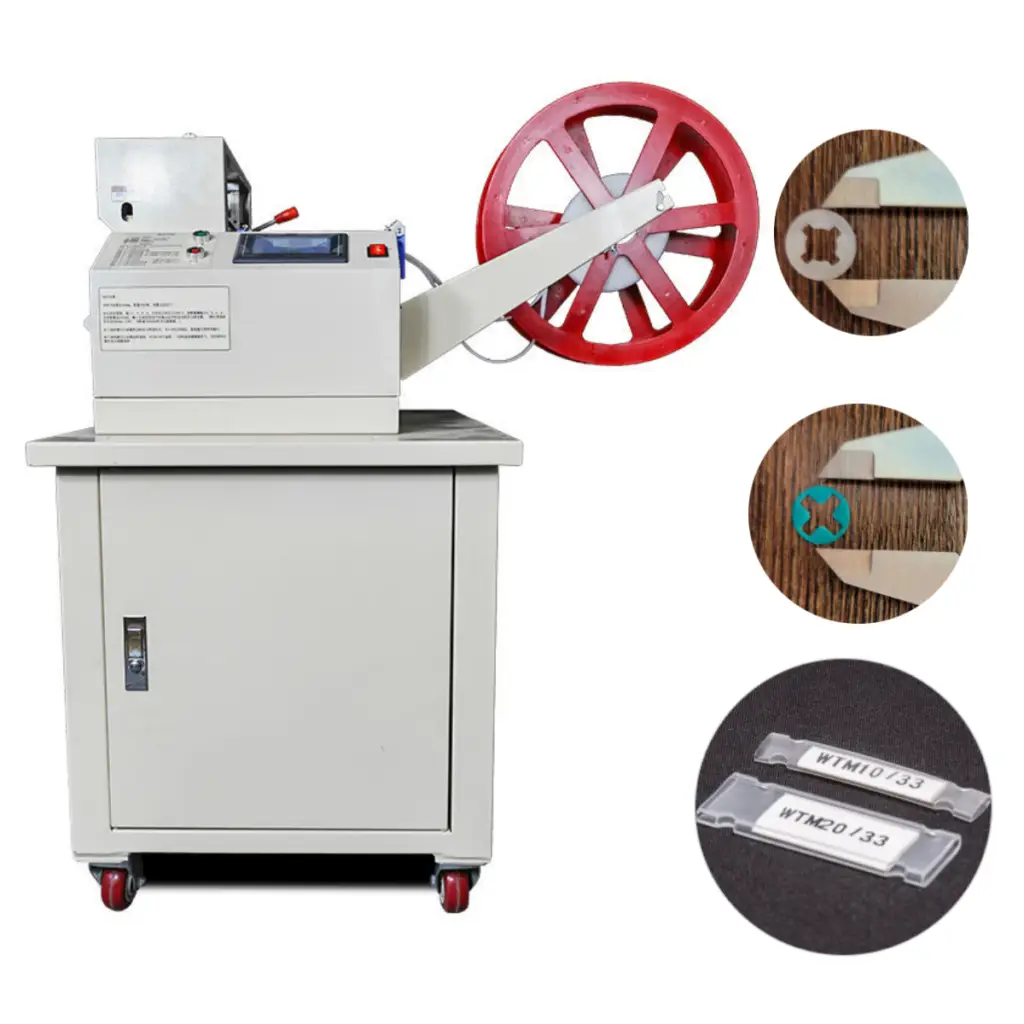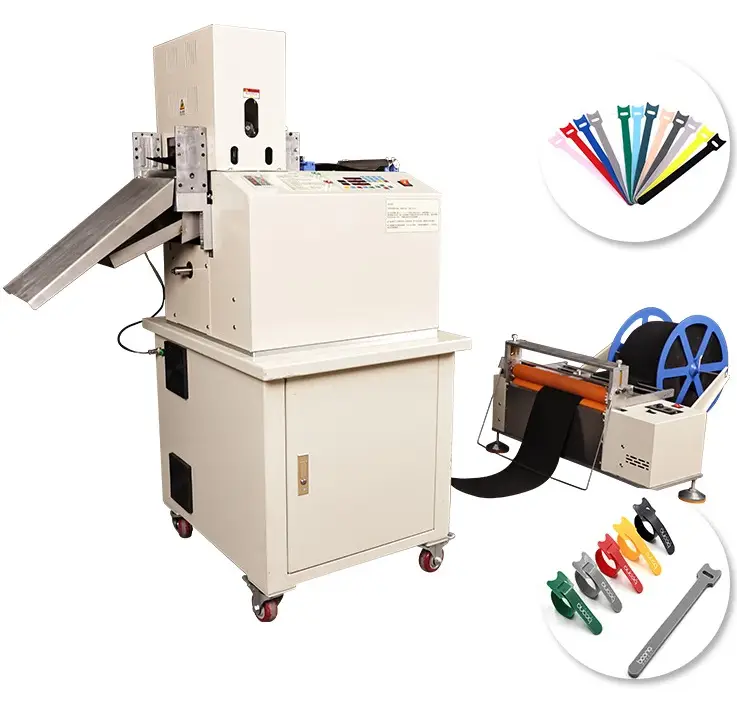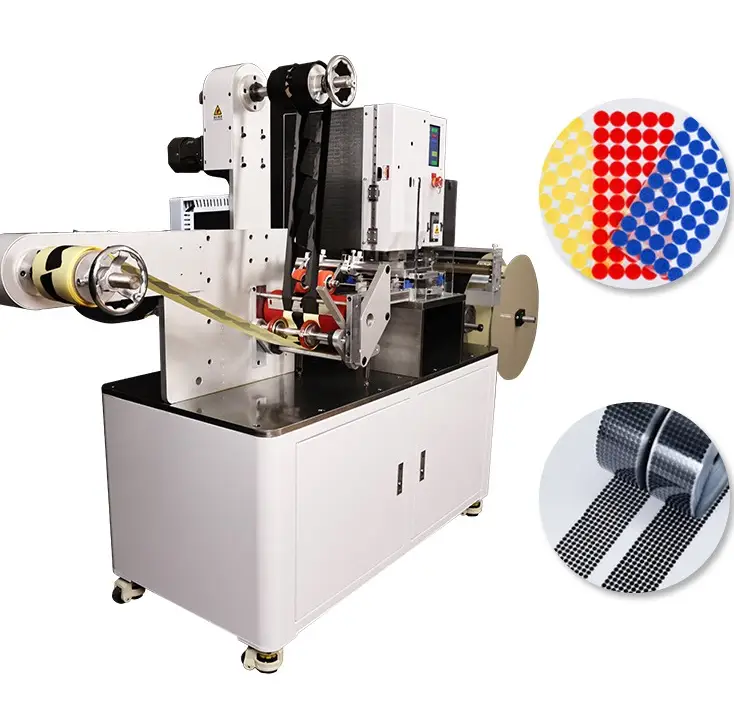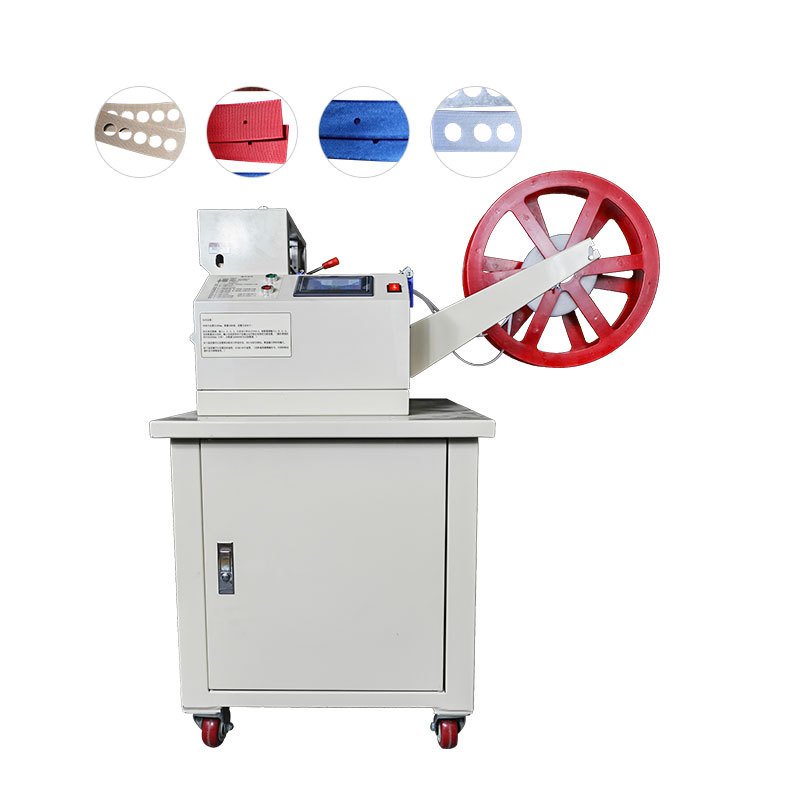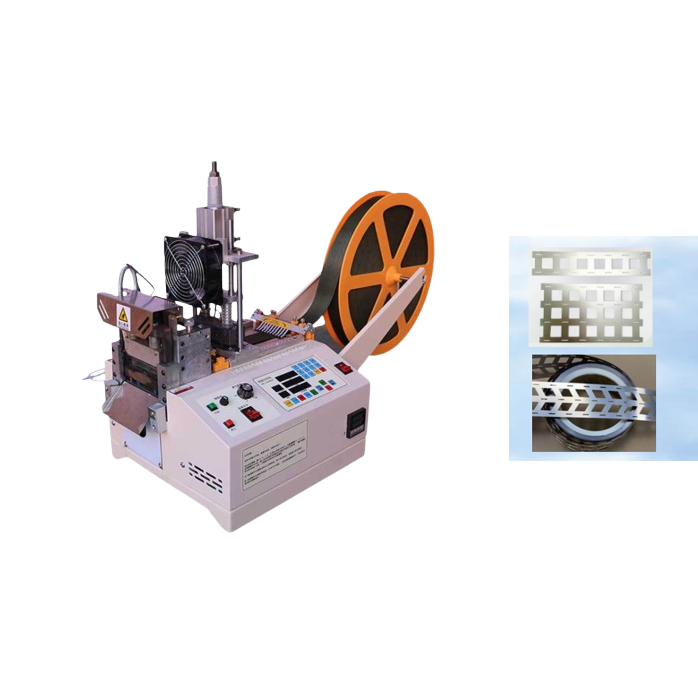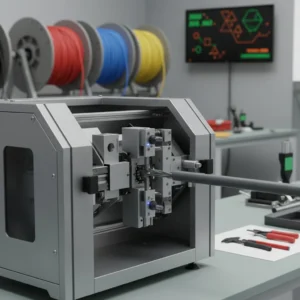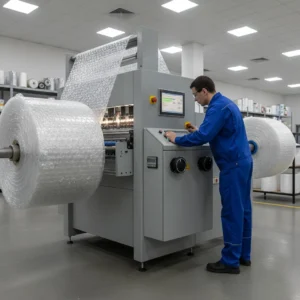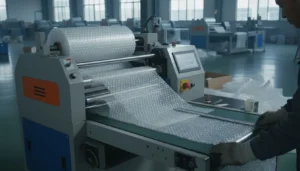Can a webbing punch hole machine1 handle different material thicknesses2?
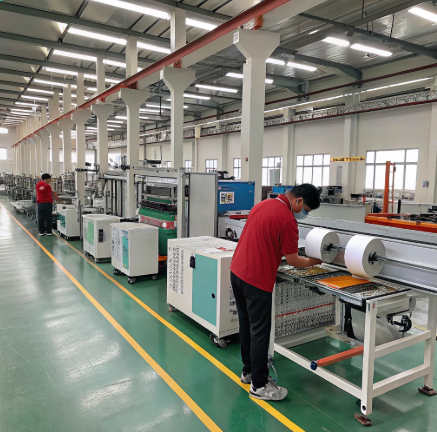
Using the wrong punch press on the wrong thickness can damage the machine—or worse, injure the operator.
Yes, modern webbing punch hole machine1s can handle a wide range of thicknesses, from 1 mm to over 10 mm, with proper tonnage and die setup.
1: A webbing punch hole machine1 is designed to handle a range of material thicknesses2, making it suitable for various applications.
2: In some cases, adjustments or specialized tooling3 may be needed to achieve precise results.
3: The level of versatility depends on the machine’s design4, build quality, and punching mechanism.
4: High-end models often provide adjustable settings5 to accommodate different webbing strengths and sizes.
5: Selecting the right machine ensures consistent performance across multiple materials6, boosting both efficiency and durability.
In my experience at Suzhou Haoxinhe Electrical Equipment Co., Ltd., we’ve built machines for industries that punch everything from thin ribbon to multi-ply nylon safety belts. The key is selecting the right punching force7, die design, and feed control. When buyers like Mark from Canada ask me if one machine can do it all, I always say: it depends on the build quality and customization options.
What’s the best machine for punching holes in nylon vs. polyester webbing?
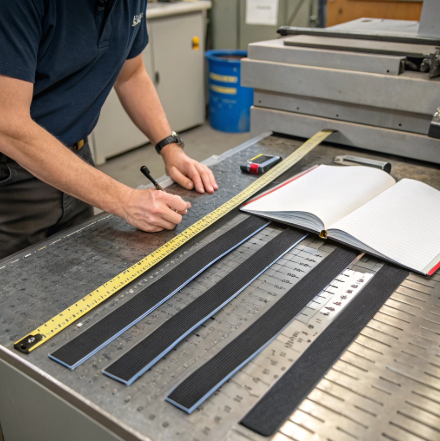
Nylon and polyester look similar, but they behave differently under pressure—one stretches, the other resists.
For nylon, choose a servo-driven punch machine with heat-seal dies; for polyester, select a high-tonnage automatic press with precise cooling and feed control.
Why thickness and material matter
Nylon webbing is flexible and slightly elastic, which means it can fray if punched cold. Polyester, on the other hand, is stiffer and stronger but requires more force. The wrong machine setup can result in:
- Ragged edges
- Off-center holes
- Burnt or melted fibers
- Premature die wear
That’s why our webbing tape cutting machines, automatic punching cutting machines, and rotary bevel cutting machines are designed with adjustable tonnage and optional hot-and-cold die systems. This ensures both thin 1 mm straps and thick 10 mm belts punch cleanly.
Best machines for each case
| Material | Recommended Machine | Features Needed |
|---|---|---|
| Nylon | Hot & Cold Cutting + Punch Machine | Heat-sealed edges, servo feed, 5–8 tons |
| Polyester | Automatic High-Tonnage Punch Press | 8–12 tons, cooling die, anti-fray blades |
| Mixed Use | Rotary Bevel Cutting Machine with Modular Die | Adjustable punch shapes, PLC feed system |
When Mark asked us to supply machines for both dog collar nylon straps and heavy-duty polyester harnesses, we configured a PVC Edge Banding Cutting Machine with a dual-mode system. This way, he could switch between materials without swapping out the entire setup.
Practical tips for buyers
- ✅ Confirm the maximum supported thickness before ordering
- ✅ Request a sample punching test on your actual webbing material
- ✅ Ask for modular die options8 if you produce multiple product lines
- ✅ Choose machines with servo motor control9 for better accuracy
- ✅ Don’t skip on safety features, especially when punching thicker webbing
Our Protective Foam Cutting Machine and Bubble Wrap Cutting Machine may sound unrelated, but they use similar servo and die control technologies—proof that engineering consistency matters across all product types.
Conclusion

The right webbing punch hole machine1 can handle multiple thicknesses—if it’s equipped with proper force, dies, and automation.
Insights
From two decades of working with punch press buyers, I can tell you this: most machine failures aren’t from running too many cycles—they’re from running the wrong material at the wrong thickness. Factories often assume one setup fits all, only to burn out dies or overload motors within months.
The real key is tonnage-to-thickness matching10. For example, nylon collars at 2 mm thickness run perfectly on a 5-ton servo-driven press. But once you move to 8–10 mm polyester harness webbing, you’ll need at least a 10–12 ton hydraulic system with reinforced carbide dies. Skipping this step leads to ragged holes, operator strain, and premature die cracks.
One practical trick I share with clients: log every new material type you run—thickness, tonnage, die type, and output quality. Within weeks, you’ll have a performance map that saves hours of guesswork and ensures consistent results across product lines.
Bottom line: don’t just ask “can my machine handle different thicknesses?” Ask whether it can adapt fast without losing accuracy—that’s where modular die systems and servo calibration prove their worth.
At Suzhou Haoxinhe Electrical Equipment Co., Ltd., we design webbing ribbon cutting machines, automatic punching cutting machines, and rotary bevel cutting machines with modular setups that adapt to different thicknesses and materials. Buyers like Mark trust us because we deliver machines that handle nylon, polyester, and more—without compromising speed or precision.
Explore this link to understand the functionality and applications of webbing punch hole machines. ↩ ↩ ↩ ↩
Learn how different material thicknesses impact the performance of punching machines. ↩ ↩
Discover the importance of adjustments and specialized tooling for achieving precise results. ↩
Find out how the design of a punching machine influences its versatility and performance. ↩
Understand the benefits of adjustable settings in punching machines for various applications. ↩
Explore strategies to maintain consistent performance when working with different materials. ↩
Learn about the critical role of punching force in the efficiency of webbing machines. ↩
Discover how modular die options can enhance the flexibility of punching machines. ↩
Explore the advantages of servo motor control in achieving better accuracy in punching. ↩
Understand the concept of tonnage-to-thickness matching for optimal machine performance. ↩
